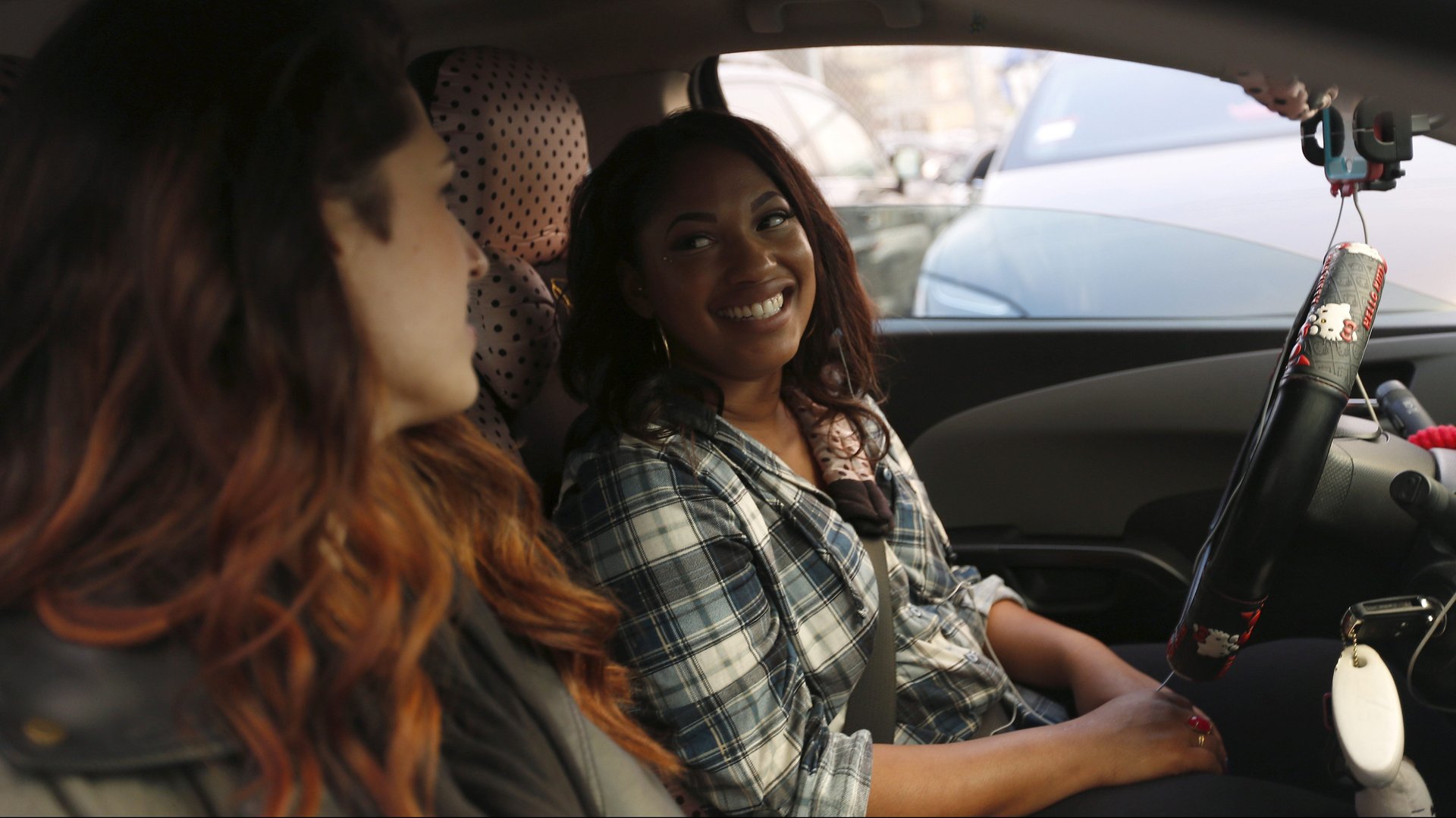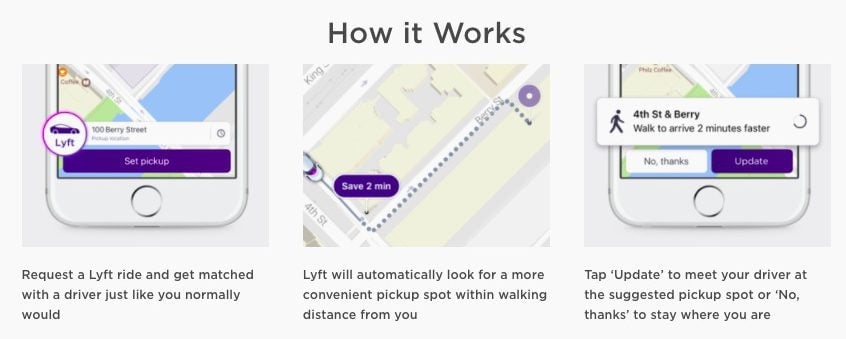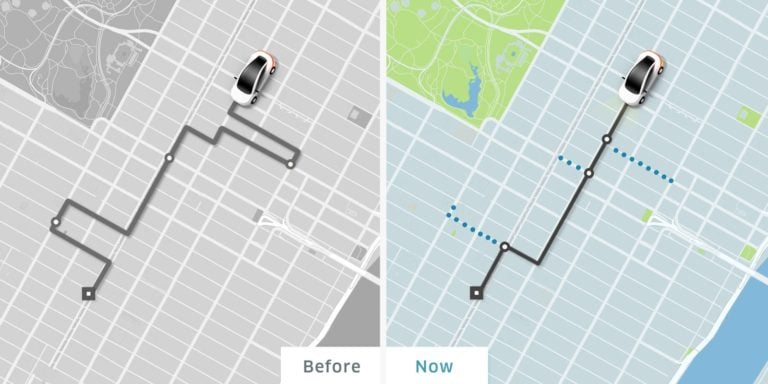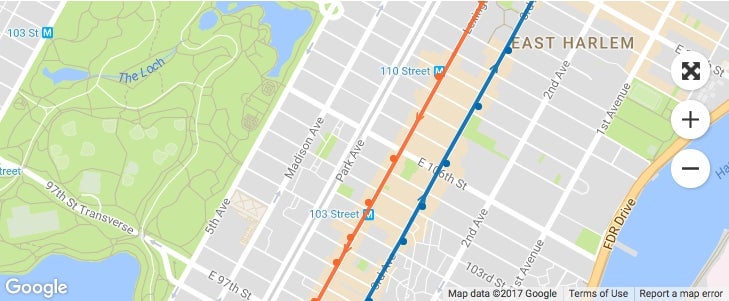Why it matters that Uber and Lyft are becoming more like public transit
In case you haven’t heard, Lyft is reinventing the bus. In San Francisco, the ride-hailing company is beta-testing a “shuttle” service that operates along designated routes with preset stops during weekday commuting hours (6:30-10:30am, 4-8pm). It has also introduced “pickup suggestions,” a new feature that encourages customers to walk to a better pickup location for their trip when possible, based on things like traffic and one-way streets.


In case you haven’t heard, Lyft is reinventing the bus. In San Francisco, the ride-hailing company is beta-testing a “shuttle” service that operates along designated routes with preset stops during weekday commuting hours (6:30-10:30am, 4-8pm). It has also introduced “pickup suggestions,” a new feature that encourages customers to walk to a better pickup location for their trip when possible, based on things like traffic and one-way streets.

Uber debuted a similar feature in Manhattan in late May for UberPool, its carpooling service. “Smarter pickups” prompt riders to walk to a convenient corner during their shared ride and “dynamic drop-offs” “recalculate the best drop-off spot every few seconds” as they near their destination. Uber said at the time that those changes were designed to reduce the number of turns per mile by 20%.

This is pretty comparable to what buses do, with their “stops” that people “walk to” and “wait at.” (In Uber jargon it’s apparently known as ”prioritizing human heuristics over purely system algos.”) Buses are of course bigger than cars used in ride-hailing, but it’s not hard to imagine them running the same routes and competing for the same riders. In fact, they already are. The path taken by the UberPool in the screenshot above (from Uber’s blog) is almost identical to the route traversed by the M101 bus in New York City.

The basic advantage of Uber and Lyft has always been immediacy, but immediacy comes at a price premium. The idea of UberPool and Lyft Line is that you trade an immediate pickup and private ride for a somewhat less speedy pickup and the company of a stranger or two, and in exchange you get a discount. The idea of UberPool and Lyft Line with suggested pickups seems to be that you trade immediacy and privacy and the convenience of having a car come to your door for a discount and so that Uber and Lyft can dispatch their cars along more efficient routes.
That’s why what Uber and Lyft are doing with shared rides and suggested pickups is more complicated than just “reinventing the bus.” The companies are fundamentally trying to change what’s valued in the on-demand economy, by putting the convenience of the group before the convenience of just one person.
Uber and Lyft have been pushing into public transit for a while. Uber struck a deal with Summit, New Jersey, to provide subsidized rides to commuters from their homes to the local train station (it was billed as the alternative to Summit building a parking lot) and has hammered out similar transit agreements with cities including San Francisco, Atlanta, Philadelphia, Dallas, and Cincinnati. Still other towns, like Innisfil, Canada, and Altamonte Springs, Florida, have hired Uber to serve as their de fact0 public transit system. Lyft’s public transit deals have included the Go Centennial project in Colorado and a collaboration with Dallas Area Rapid Transit in Texas.
Suggested pickups are just another step toward broader public transit goals. Uber and Lyft made their names by disrupting private taxi rides, but to truly make inroads with local transportation systems, the companies need to retrain their customers to value efficiency and convenience for a group of people over efficiency and convenience for just themselves. That, after all, is what public transportation is about. It is relatively convenient, and relatively efficient, for a large number of people, but it is not always the most convenient and the most efficient option for every individual person. The more Uber and Lyft can acclimate their riders now to small inconveniences like “suggested pickups,” the better poised they’ll be to convince governments that ride-hailing is the best solution to their public transit needs.